200 year old Fritter Recipes
I’ll put a photo of the original pages here for you because that is more fun than a types recipe. This page has the custard fritters.
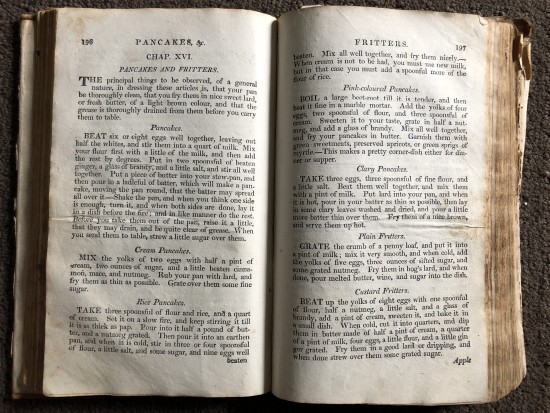
You can see below how the baked custard ‘split’ when it was battered and fried. Such a pity because I was envisaging beautiful warm custard oozing out of the batter. I am thinking that if you made the custard using some cornstarch it may prevent it splitting. This batter was beautiful though so perhaps try battering something else with it.
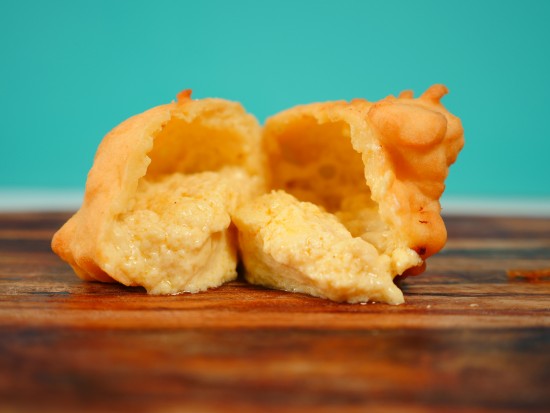
The following pages have Apple Fritters, White Fritters & Fritters Royal
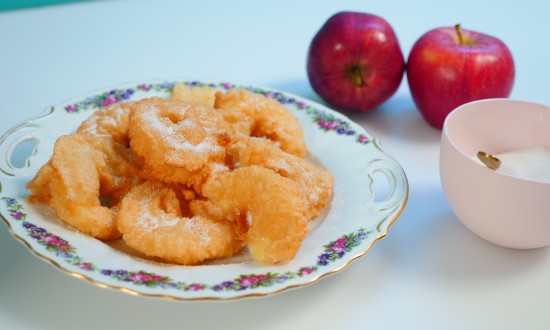
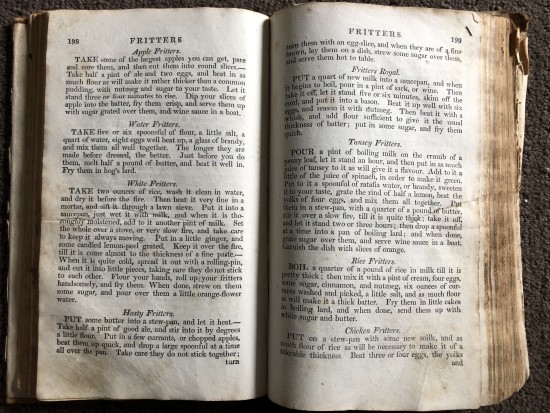
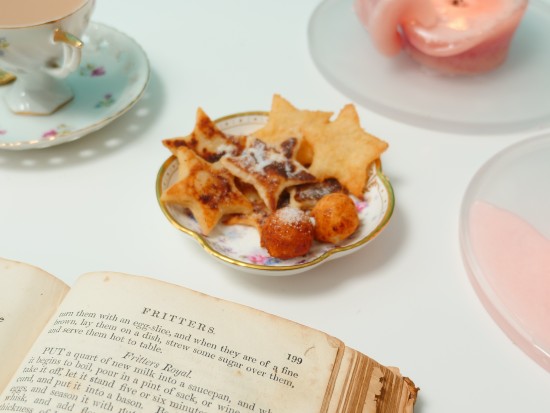
And here is even more 200 year old fritter recipes for you to try…
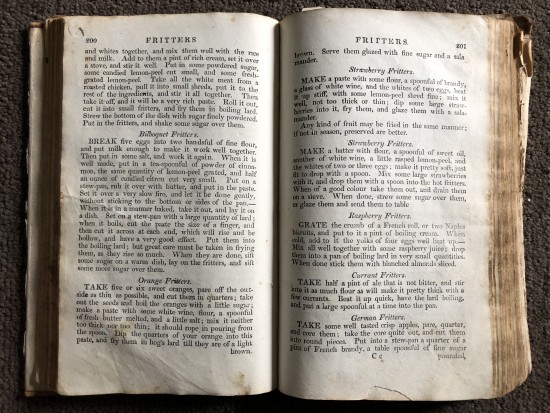
My Cookbook
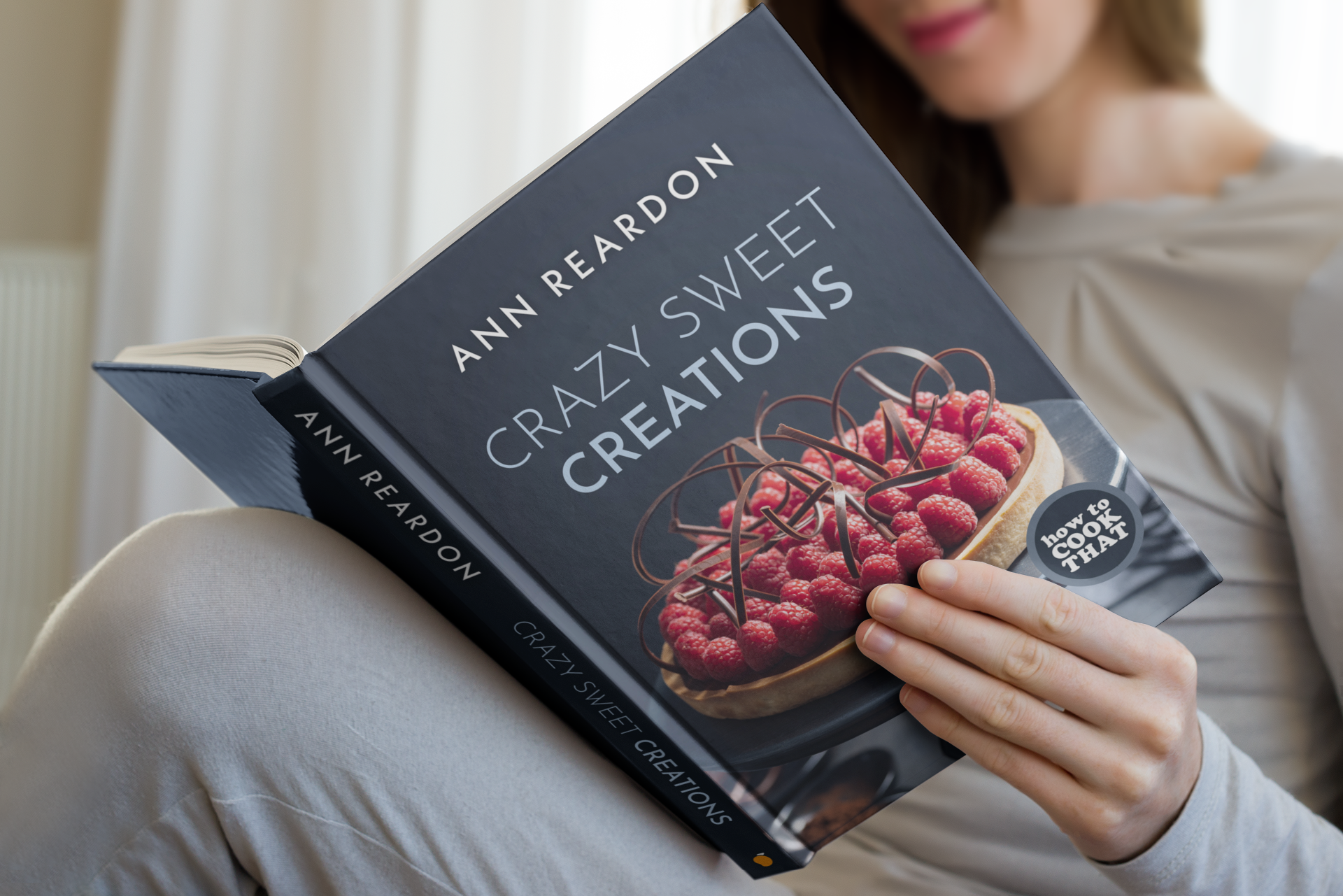 Stores that sell my book listed by country:
http://bit.ly/ARcookbook
All recipe quantities in the book are in grams, ounces and cups.
Stores that sell my book listed by country:
http://bit.ly/ARcookbook
All recipe quantities in the book are in grams, ounces and cups.



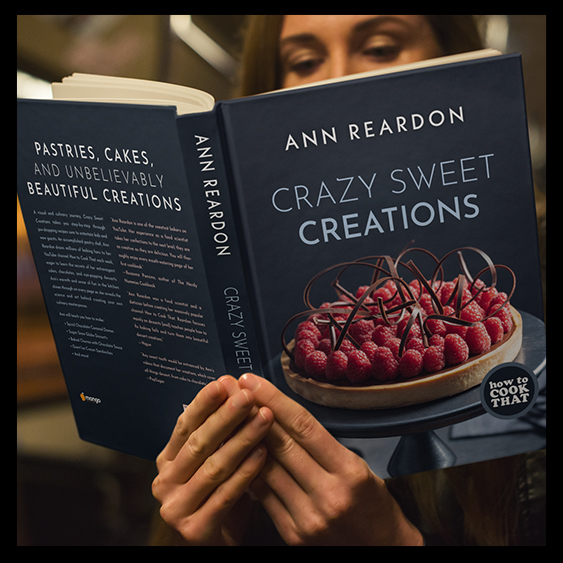





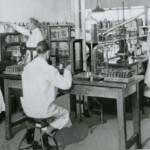
 we respect your email privacy
we respect your email privacy
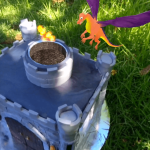



I don’t know if you’re still reading comments, but I suspect you baked your custard too long for making fritters. There are modern recipes that call for cooking it to a texture like American milk-based puddings and then frying them. If the custard was cooked less and chilled well before cooking, it should be possible to not split it.
Hello Ann,
I was wondering if this could be done without the alcohol and if so what the substitute would be.
What is the name of the 200 year old cookbook you are using?
Guiltily the thing I would try the batter on would be a Mars bar
Good job
Hello Ann,
Can you please give me the name and author of the cookbook with the 200 year old recipes.
The author’s name is Hannah Glasse.
Hello Ann! Hope you are doing well through the quarantine. Since you love old recipes I have an 100 year old cook book (this one was printed in the 60’s but I checked some older and newer versions and the recipes were the same) and I wanted to share some recipes with you. It is the first ever greek cook book by a chef (he is greek too) who studied abroad and worked in really famous hotels and restaurants. These are some greek fritters (3 kinds of them) plus two recipes so that you can experience a part of Greek cuisine.
1st: These are really common ones they are called σβίγγοι (svigi) and they are made with 2 tea cups of milk or water, 2 tea cup of flour or fine semolina, half a tea cup of margarine or butter, a teaspoon of salt, 5-6 eggs, some baking soda and the zest of a lemon. You do the exact same thing as you would with choux pastry preparation. Then you take teaspoon of the batter and fry them. Serve with thick sugar syrop or honey.
2nd: Λουκουμάδες (loukoumades) these ones are the most popular. They exist in many cuisines like the arabic and egyptian. Take half a kilo of flour and 20 gr. of fresh yeast. We take the yeast and melt it in some water. We add some flour until the mixture becones really runny and we put it aside for almost an hour. Then we take the 500 gr of flour abd make a well putting some water and a teaspoon of salt. We start kneeding. Then we add the yeat mix and need again. It should become quite elastic and it moves on its on inside tge basin. We add water/flour depending ontge consistency. Then we let it sit covered with a wet towel for 5 hours (honestly 2 or 3 will be fine). We take some scoops of the mix and fry it in sunflower oil. Serve with thyme honey, grated walnuts and some cinnamon.
3rd: Δίπλες (Diples) these are festive rolled and fried pastries that we serve in Christmas and other celebrations.
5-6 tea cups of fine semolina, 8 eggs, juice from two to three sweet oranges, some salt, a teaspoon of soda. We make a well with the semolina and put all of our ingredients in and start kneeding. If it’s too stiff we spray ut with sone water until it cones to a constincy of a paste that can be opened with a rolling pin without sticking. We roll it to tge tguckness we want and cut it to strips of desired width. Afterwards we roll them up and fry them in oil. We serve with lots of honey and walnuts.
Extra recipes: Παστέλι (pasteli) I remember that you liked the pistachio waffers from the Napoleon wedding cake so I think you will love these greek sesame ones.
All you will need is 650 grams of honey and 650 grams of sesame. (Basically a 1:1 ratio). We put the honey in a pot and make it boil. We wait until it thickens and when we drop some of it in cold water and the “knots” don’t melt right away it is ready. We add the sesame and start stirring vigorously with a woiden spoon as we continue tge baking until the new muxture starts bubbling a bit. We spread it in an oiled baking tray and let it cool. We cut them into pieces with a knife when its completely cold.
Finally Γαλατόπιτα (galatopita) or Milk “pie”!
You will need: 12 tea cups of milk, a tea cup of sugar, 3 and a half tea cups of rice flour, 5 eggs a tea cup of butter, 10 (or 20 you will see why) phyllo pastry leaves and tge zest of 2 lemons. For the syrop you will need 650 gramms of sugar and 3 tea cups of water and some orage zest. In a big pot we boil the 10 cups of milk. In the other two cups we add the sugar, rice flour and lemon zest. We put the cold mix in the hot one and start stirring until it thickens well. When the mixture is half cold we add the eggs and stir well. In an oil baking sheet we stack the ten leaves buttered and on top of them the thick cream. (Usually this pie has some leaves on top too so you can add another 10 buttered ones on top). We can also add the mixture of 2 eggs and 2 tablespoons of sugar ontop of the cream (it makes it really nice). We bake in a moderare oven until the leaves are golden brown and crunchy and the cream has set firmly. We have already prepared the syrop and we pour it all over the pie until it gets well absorbed. Take care to pour tge syrop on all the leaves.
Here you go this took me about an hour or two to type. If I could I would send you sone pictures but I’m using my phone. Have a great day/night and hopefully you will try these (i personally recomend the milkpie and the diples ^^)
How much flour did you use in the apple fritters do you think?
G’day Gabriel, I was pouring straight from the flour container rather than measuring, so sorry. You can see in the video how thick the batter was so aim for something similar ?
Hi Ann.
Re: 200 year old Fritters and particularly the rice fritter.
I thought it might be useful to let you know that LAWN is a type of Linen that was commonly used in England during Edwardian times. It’s a very fine weave and would have required a huge amount of pounding the rice to push it through such a sieve. .
Thanks so much for letting me know. I just looked up modern lawn linen – I think you’d struggle to get commercial rice flour through that too. I assume it was not as fine a weave.
Hi!
I myself have a small collection of rare Swedish cook boks from the past two centuries. Don’t know if it’s of any interest, but as I was going through the pastry recipes I came across an old recipe for apple doughnuts from 1795, which instructs the reader to peel, drill and slice apples, dipping them in batter and fry in molten butter. This would create the ring-formed doughnut, and as far as I know there is no mention of the origin of the ”hole” until the mid 19th century. This recipe is taken from the first real cookbook in Sweden by the saint of all housewives Cajsa Warg, first published in the 1750s.
That’s so interesting, does the batter have yeast in it like a doughnut, or is it more like an apple fritter?
I would say they’re more simular to fritted apples. Back in the 18th century Swedish cooking seems to be more inspired by the French kitchen and during the 19th century the German kitchen. The ”modern” doughnut, known as the Berliner, probably came a bit later, but I’ll look around in my books. However I translated the recipie.
Apple doughnuts
Take 327 ml sweet milk and 4 eggs and whip as much flour therein as to make it a thick gruel. Then take peeled apples and cut them in slices. Press the core out with a finger drill, and dip in the batter. Take them up with a spoon so that a little batter follows and put one slice at a time in boiling, ”gheed” butter, as many as can be fitted into the pot in which the butter is, but don’t let them lie to tight, thus they won’t have room to swell. When they’re baked on one side, turn the other down, and when taken up, put on gray paper. If this is done with any pastry boiled in butter they will give off the fat.
After a quick search, the earliest recipe I managed to find about yeast-doughnuts in my books is this from 1879 by Hagdahl. It’s made from 12 apples, and 1 lb of brioche dough cooked in oil. Though, I found an earlier mention from 1847 of ”munkpanna”, which would translate to doughnut-pan, and is a cast iron pan with seven hemispheic pits in it, which gives a spherical shape with a seam along the side.
thanks for translating ?
What is the author and title? Townsendandsons.com some reproductions cookbooks and could help you with the old english, amounts ….
Hi Audrey It says ‘universal family cook’ I’d love to get my hands on some more original old cookbooks.
The apple fritters looked really good. I have some recipes where I just eyeball the amount or the consistency. It sure did make it hard to follow going to an older recipe where you didn’t know what the norm would have been.
yes, you’ll have to work out the exact amounts before you hand those recipes on to anyone ?
Cookbooks are so dangerous for me. I can spend hours reading them and marking the ones that I want to try. It must have been exciting for you to find it.
Looking forward to reading and seeing the recipes you find exciting.
My mum has other old books but this is the only cookbook – definitely the one I was drawn to.
I love old cookbooks and recipes, really delicious food without all the modern dressings. I am sure it was exciting to see these recipes, some measurements may be in the older weighing system. I would love to hear more about this cook book and the lovely recipes. ,
I myself love to collect old cookbooks – I have a few. I enjoy reading the stories behind the recipes. It seems to put me in a quiet place. That 200 yr. old cookbook , you found, must have put you into “cookbook heaven!” I am anxious to hear more about it & its recipes.
It is such a treasure, II have been watching videos of how to care for old books and how to rebind as the cover is starting to fall off.